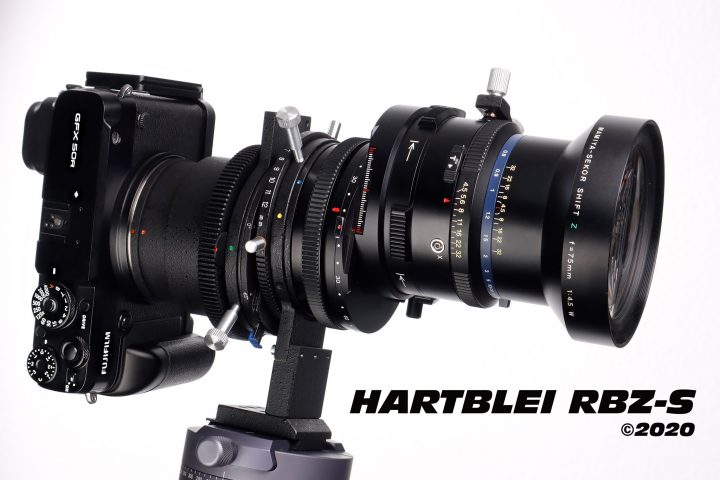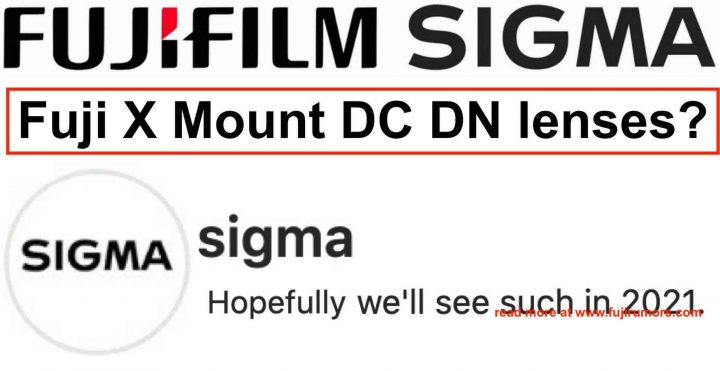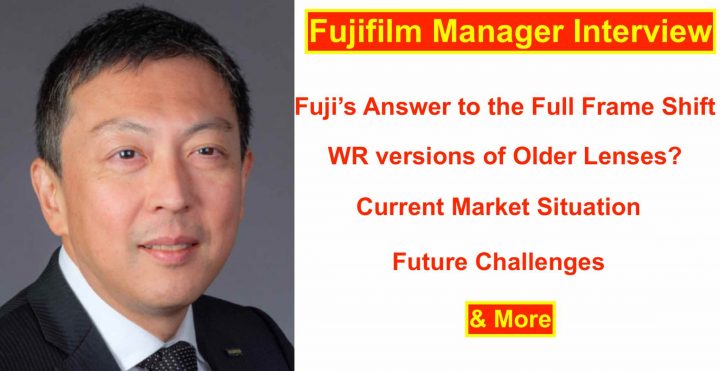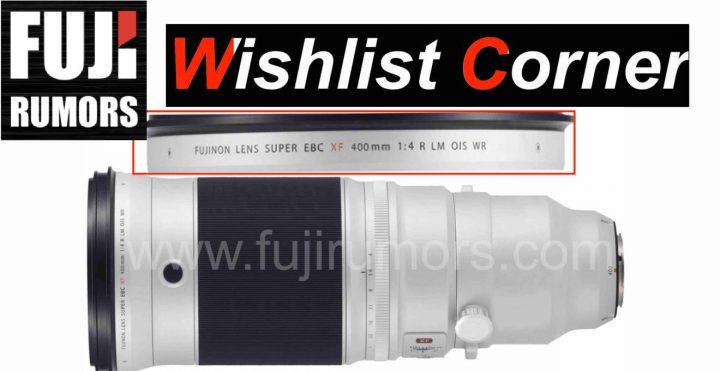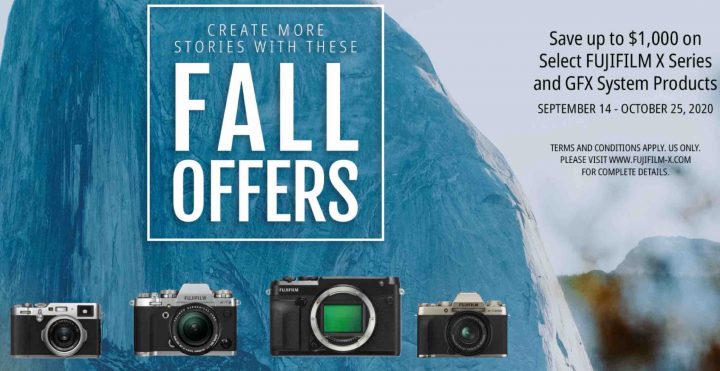LEAKED: First Images, Price and Specs of Tokina Fujifilm X Mount Lenses
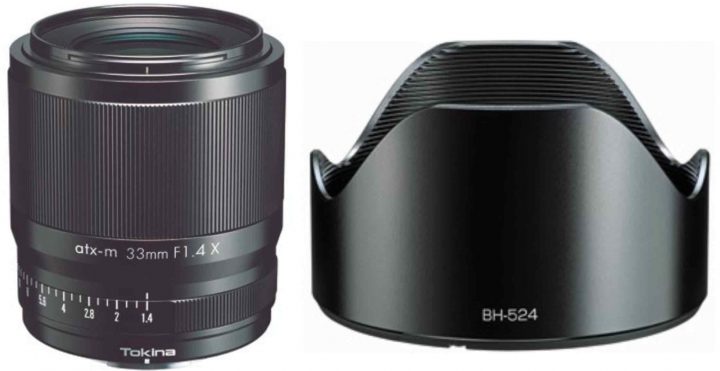
Nokishita leaked the first images and specs of the upcoming Tokina lenses for Fujifilm X mount here. The lenses will be released on December 11.
All details below:
- 60,500 yen including tax (converted this makes $582. The Viltrox 33mmF1.4 costs 35,900 yen at Amazon Japan)
- 11 elements in 10 groups (same of Viltrox 23mmF1.4)
- minimum focus distance 0.3m
- filter size 52mm
- φ65mmx72mm
- maximum magnification 0.1 times
- 53,800 yen including tax (converter this makes $518. The Viltrox 33mmF1.4 costs 30,000 yen at Amazon Japan)
- 10 elements in 9 groups (same of Viltrox 33mmF1.4)
- minimum focus distance 0.4m
- filter size 52mm
- φ65mmx72mm
- maximum magnification 0.1 times
As already for the Viltrox 85mmF1.8 and the Tokina 85mmF1.8, also in this case we are just in front of the same re-branded lens. In fact, as we reported in this article, Ben said:
Tokina and Viltrox are both working with a well established 3rd party Chinese lens manufacturer that creates prototypes and allows other companies to customize and sell their lenses under their own brand names.
And yet, even though they might be optically the same, there could be one crucial difference between both lenses that we reported about it here: Tokina has access to official Fujifilm AF lens protocols, and I am not sure if Viltrox has, too (they surely had not, when they started making X mount lenses).
- read here: Sigma Says DC DN Lenses for Fujifilm X Mount will Hopefully Come in 2021
Follow FujiRumors on Patreon, Facebook, Instagram, RSS-feed, Youtube, Flipboard and Twitter
Join Our Owners Groups
- Fujifilm GFX User Group
- Fujifilm X-T User Group
- Fujifilm X-S User Group
- Fujifilm X-H User Group
- Fujifilm X-E User Group
- Fujifilm X-Pro User Group
- Fujifilm X100 line Group
Join Our Facebook Pages

